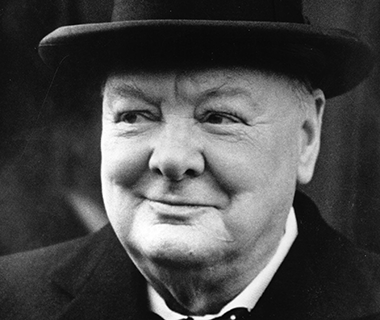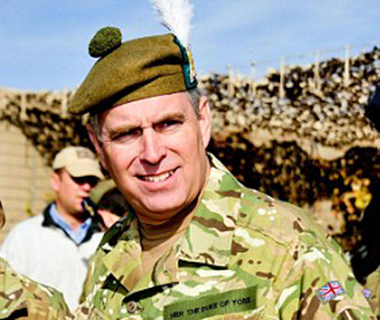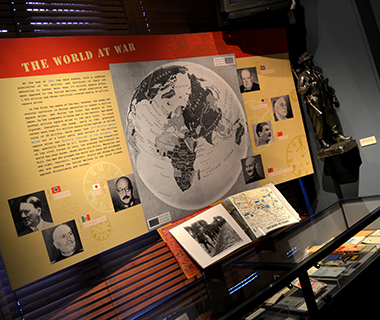The Cauldron
The Cauldron
June 1942 – THE CAULDRON
One of the most travelled battalions in the Regiment in World War II was 2nd Bn The Highland Light Infantry, the 74th HLI as it was popularly known in regimental ussage. In 1942 2 HLI it was part of the 10th Indian Brigade, 5th Indian Division, serving in the Western Desert. In June of the same year, there was a long, drawn-out battle around Tobruk as German forces, commanded by ‘Desert Fox’ Field Marshal Rommel, tried to surround and capture the port.
A well-planned British defence held up the German advance and soon much of their armour was short of ammunition and fuel ; as a result an Allied attack was mounted against enemy forces in an area known as The Cauldron, south of Tobruk.
10th Indian Brigade, supported by 4th Royal Tank Regiment, began its assault early on 5th June, with the 74th as right front battalion. Despite heavy and effective enemy artillery fire, the attack began well and the 74th took its objective and then began to dig in – difficult in the hard ground. Soon a German armoured counter-attack began, forcing 10th Indian Brigade into a difficult position : before long the 74th found itself surrounded on three sides.
British attempts to support the brigade failed and soon the whole formation was becoming isolated and in great danger of being over-run.No British armour came forward to drive off the Panzers. The CO of the 74th, Lt. Colonel Douglas Thorburn, personally implored the commander of an armoured squadron to provide the desperately-needed help, but he requested in vain : he himself was wounded while he was actually standing on the squadron commander’s tank.
Despite providing a fierce defence, the struggle between armour and an unsupported infantry could have only one outcome – 10th Indian Brigade was becoming over-run and the 74th had to fall back in order to avoid utter destruction.
At one time every sub-unit and battalion headquarters were over-run by German tanks but the men were able to filter back between the enemy groups and so the fighting retreat continued.
(Writing later about the battle, Rommel commented that the British Infantry lacked mobility but they were extremely stubborn.)
At one stage a platoon of the 74th was trapped and orders to fall back were nearly impossible to fulfil. One soldier, Private Campbell, was heard to call up ‘Withdrawal impossible!’ Then, firing his Bren from the hip, he charged a German tank.
By the second day, 6th June, the situation had become worse still : 10th Indian Brigade had been totally broken up, Brigade HQ had been over-run and the Brigade Commander had been captured. The remains of the 74th, were transferred to a composite brigade under Brigadier B. C. Fletcher, himself an HLI man who had commanded the 74th in the Eritrea campaign of 1941.
At El Adem the 74th reorganised : but not all the news was bad – during the day individual soldiers and small groups found their way back until, said the 74th War Diary , ‘Our losses were not as great as we had feared’. Nonetheless the battalion had lost 231 all ranks – not as bad as other 74th losses in such battles as Assaye in 1803 or Festubert in 1915, but still a sore set-back.
An astonishingly heavy rainstorm broke over El Adem on the night of the 6th ; in the Western Desert rain normally fell only three or four times a year. ‘A good thing’ wrote Captain Dick Bromley- Gardner of the 74th, in his diary, ‘it washed the blood off our vehicles’.
The Cauldron had been as hard a battle as Assaye, the 74th left unsupported under fierce counter- attacks and this time with no help from the cavalry, but, as at Assaye, the Battalion remained unbroken.
Opening times
We are open Monday -Thursday 9am-4pm and Friday 9am-3pm. We are closed over Christmas and New Year.
Admission
Entry to the museum is FREE although donations are most welcome. If you are bringing a larger groups it's best to let us know in advance.



Get in Touch
- call us
0141 332 5639
- our address
518 Sauchiehall Street, Glasgow, G2 3LW, Scotland
